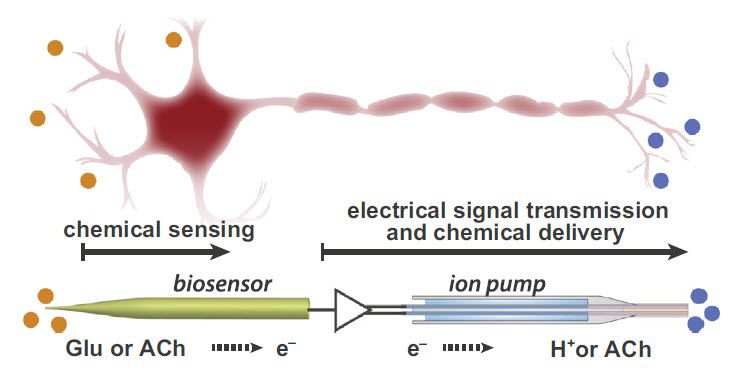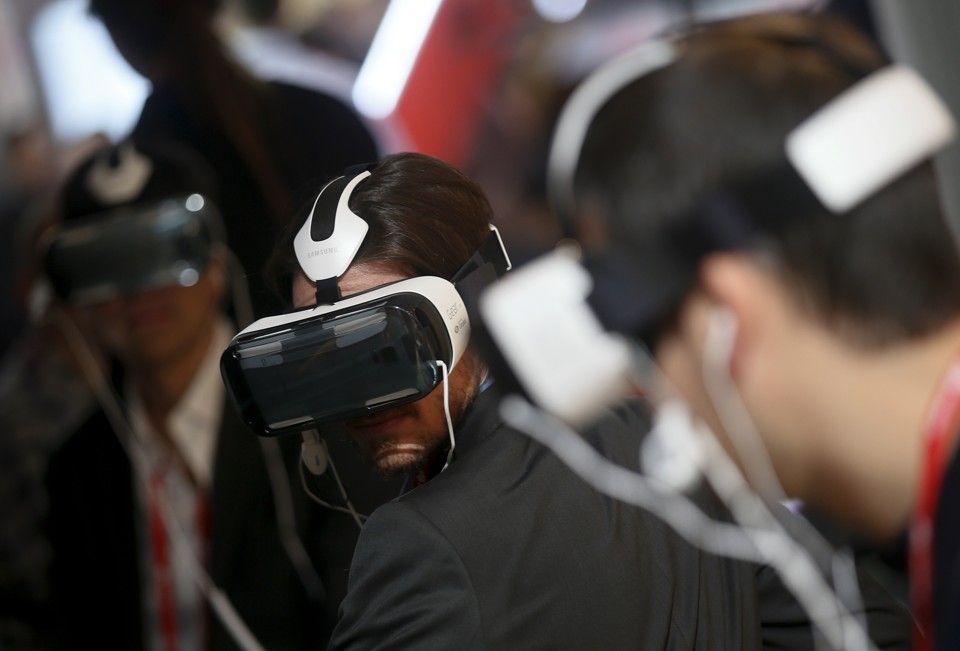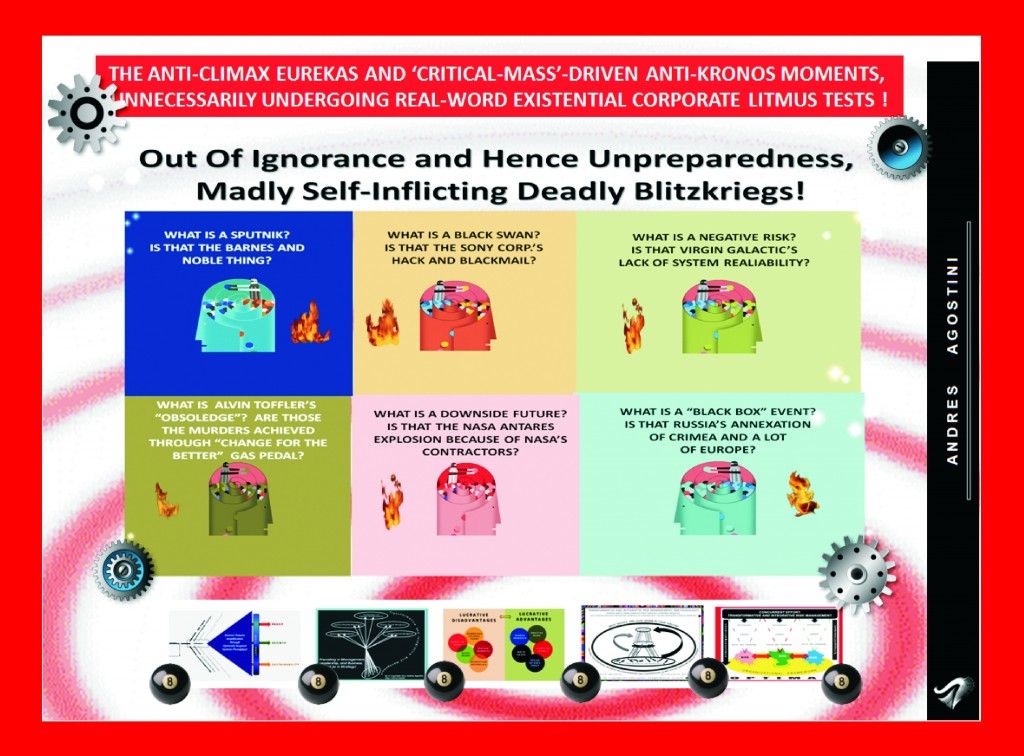Jun 30, 2015
Swedish scientists create an artificial neuron that mimicks an organic one
Posted by Sean Brazell in categories: electronics, futurism, neuroscience
Chemical-to-electrical-to-chemical signal transmission. A conventional neuron (upper panel) senses chemical signals (orange circles), which trigger an electrical pulse of membrane depolarization (action potential) along the axon, causing chemical release at the axon terminals (blue circles). This process can be mimicked (lower panel) by a chemical biosensor (for glutamate or acetylcholine) connected to an axon-mimicking organic electronic ion pump that transmits electrons/ions and generates chemicals — forming an organic electronic biomimetic neuron. (credit: Daniel T. Simon et al./Biosensors and Bioelectronics)








 Preamble: Bitcoin 1.0 is currency — the deployment of cryptocurrencies in applications related to cash such as currency transfer, remittance, and digital payment systems. Bitcoin 2.0 is contracts — the whole slate of economic, market, and financial applications using the blockchain that are more extensive than simple cash transactions like stocks, bonds, futures, loans, mortgages, titles, smart property, and smart contracts
Preamble: Bitcoin 1.0 is currency — the deployment of cryptocurrencies in applications related to cash such as currency transfer, remittance, and digital payment systems. Bitcoin 2.0 is contracts — the whole slate of economic, market, and financial applications using the blockchain that are more extensive than simple cash transactions like stocks, bonds, futures, loans, mortgages, titles, smart property, and smart contracts







